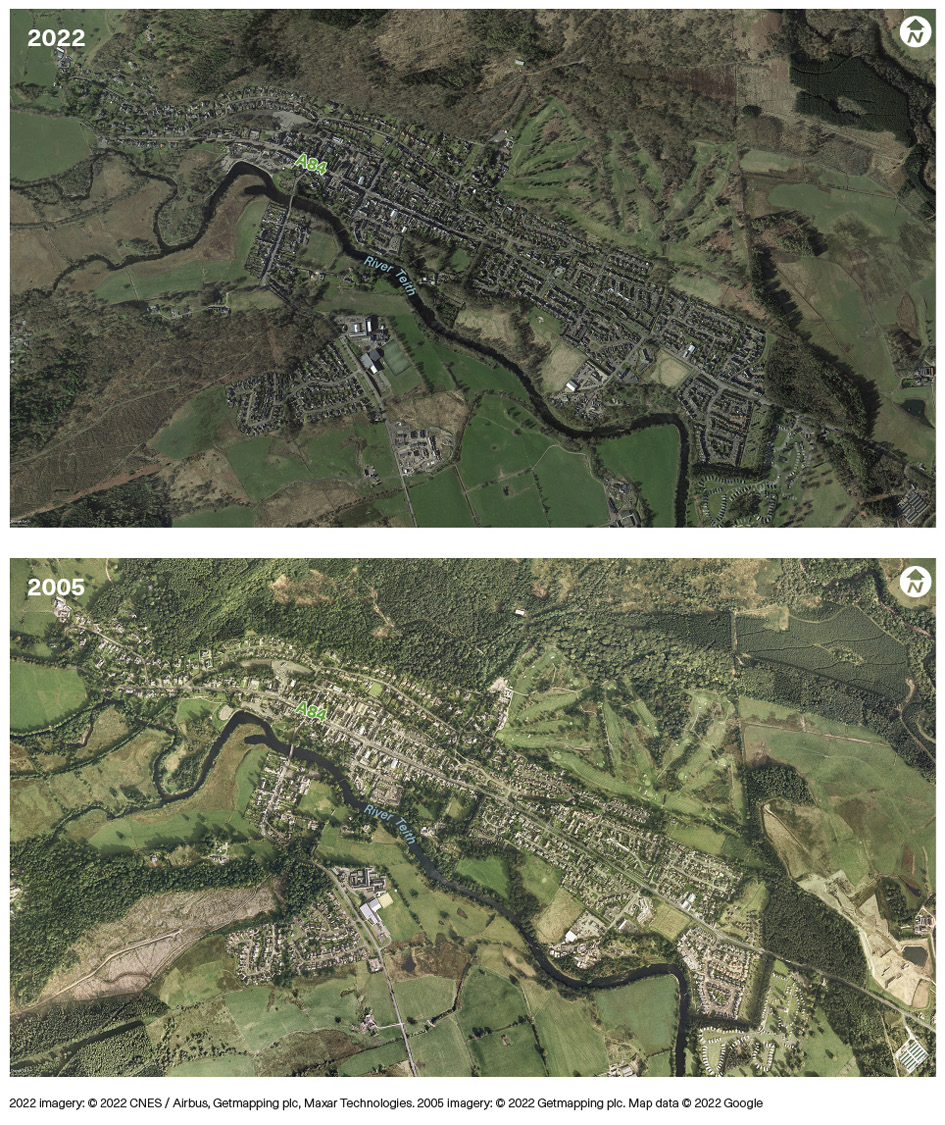Community vision – the future
Theme 8. Transition to Net Zero
Since Callander and Climate Change published their report in 2011 our community has embraced the challenges of environmental sustainability. The report had immediate positive impacts and work has since been undertaken by schools, social enterprises, and community groups to keep the initiative alive.
In 2021 Callander held a successful COP26 fringe fortnight, and McLaren High School sent student representatives to the COP26 summit in Glasgow on behalf of the National Park.
Earlier this year Callander Woodland Group was established to help maintain and improve Coilhallan Woods.
The urgent need to address the climate emergency and secure a just transition to net zero spurred Callander Community Development Trust to secure funding to revisit the 2011 report and re-evaluate its findings. There is still much to be done locally and smaller, neighbouring, communities appear to be a few steps ahead of us.

Solutions
i. Community allotments
The 2011 report highlighted the local demand for allotments but so far no suitable plot has been found. In their next Local Development Plan LLTTNP should allocate two hectares of land for community allotments. The newly formed Callander Allotment Development Group should lead efforts to secure this aim.
ii. Circular economy
Callander’s community groups should work together, and with neighbouring communities, to initiate and deliver projects that support Zero Waste Scotland’s aims to design waste out of how we live. Callander should, where possible, adopt circular economy principles to reduce waste in business, the built environment, food systems, energy, and day-to-day life. The community should also create a local network through which products can be rented or shared and items can be repaired.
iii. Woodlands
There should be continued support for the Callander Woodland Group both from our civic groups and, where necessary, from our statutory authorities.
Figure 5. Tree cover change in Callander, 2005-2022

